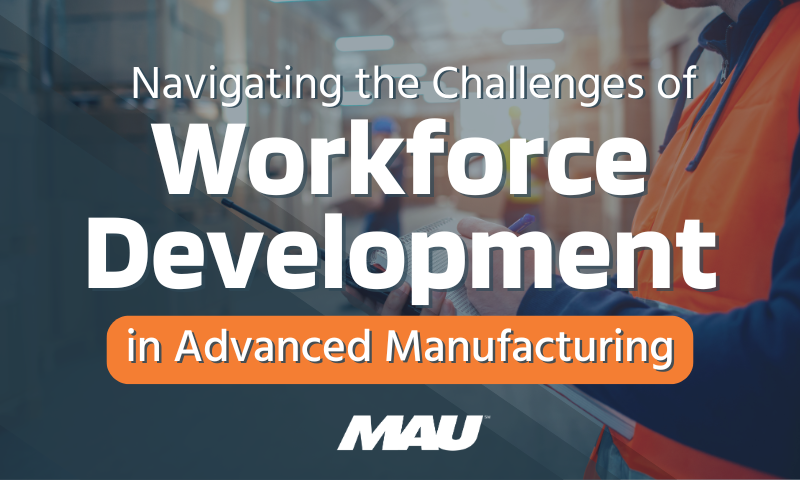The verbiage of ‘Lean’ gets thrown around a lot these days. It was shared with me last week by an expert in the industry that nearly every resume now has the word lean attached to it. So what is this lean that everyone is talking about? Let’s start out with what it isn’t.
Lean is not a way to get the company to spend more money on equipment or develop IT solutions to improve productivity. This may happen further down the road of the lean journey, but first you must clean-up your own house before you seek outside improvements. What do I mean by cleaning up your own house you may ask? Well let’s start with the basics and later we can expand upon them.
Lean is a spirit of transformation done by people for people. Its foundation is built upon fixing the problem, not affixing the blame. Effective use of lean creates a learning environment because everything is open for change and therefor potential improvement. This is true in manufacturing, the office and even at home (warning – use caution when applying lean principles at home).
You may ask where do I begin and how do we begin. Lean is not an event; lean is a journey which begins by learning to see. Learning to see is a key underlying theme to lean success; it may often be stated as ’go to the gemba’ or developing ‘kaizen eyes’. What do these concepts mean you might be asking; basically it asks you to go to where the work or process actually happens. Once there, look to see where the value is added. This will help define the extra steps where value is not being added (i.e. waste). So what is value? Value is simply anything the customer is willing to pay for.
So you are standing there trying to understand value being added to the process, then what? Ask questions. Ask what? Ask why? Talk to the operator to understand, but caution (big red flag) do not immediately resolve to solve! You are there to learn and understand. Ask about what works and what does not work, ask about standard work, tools required, quality checks, etc. Your first goal is to define value, understand the flow and see the waste, than you can solve the problem.
Armed with this information you can then devise a lean plan of action. First think about 5S and does it help or hinder the operator. Then verify if the standard work is correct and does the operator follow this written process or have they adopted something different. You should never ‘fix the process’ until you have completed these first two critical lean steps. Remember; first implement 5S for the operator and verify detailed work instructions are in place to ensure repeatability. Next time we will probe deeper into why 5S is so critical.




